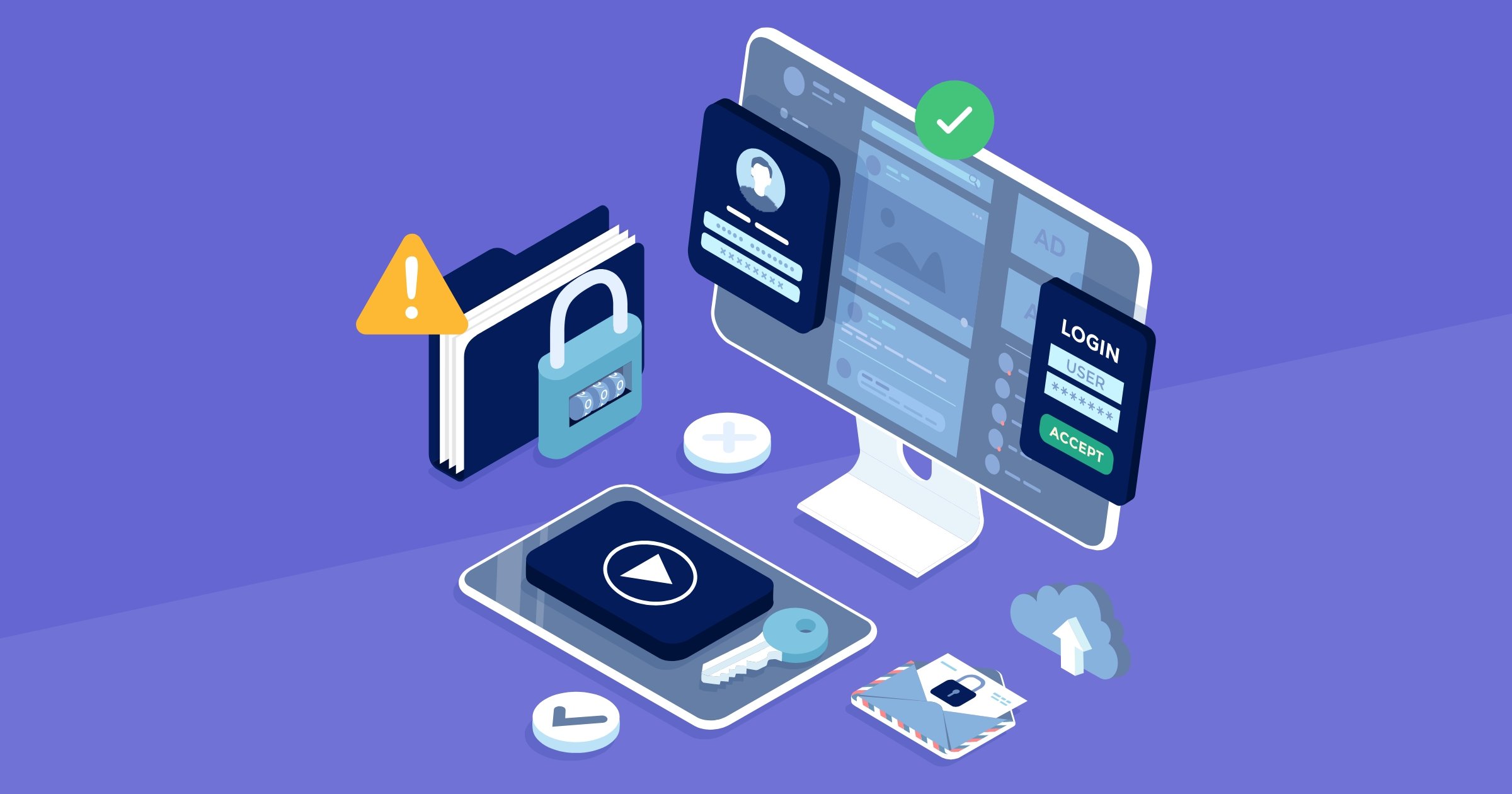Outsourcing products or services to a third party can threaten your organizations and customers’ data privacy. This is because when you give a third-party vendor access to your information, like confidential data, it opens the door for cybersecurity risk. If your third party’s information security isn’t sufficient and they’re hacked, it can have a ripple effect on your own organization.
To protect your information and data, you need to ensure controls and precautions are in place, both at your organization and at your third parties’, to defend against third-party data breaches or other cyberattacks, such as phishing and malware. To do this, third-party information security practices are essential. In this blog, you’ll learn best practices to reduce third-party cybersecurity risk.
4 Best Practices to Reduce Third-Party Cybersecurity Risk
It can be daunting to think that your third party could be the reason behind a severe threat to your organization’s security. Use these best practices to help manage your third-party cybersecurity risks and protect your organization and your customers:
1. Verify that your third party has implemented strong third-party risk cybersecurity monitoring and plans.
In addition to collecting standard due diligence documents, such as your vendor’s cybersecurity protocols and testing to verify third-party information security, you need to assess the vendor’s security testing. By assessing their testing, you’ll be able to determine whether the vendor’s data is truly safe and confirm that they have an effective incident detection and response plan in place. This is a great way to identify weakness in a tangible format.
Your vendor’s reported security testing should include the following:
- Regular, standardized penetration testing of internal and external networks and social engineering testing. Social engineering testing should include scenarios such as simulated phishing emails and employee awareness tests.
- Documented follow up to findings as well as remediation of any issues that were found. You want to make sure that your vendor has demonstrated that they’re testing for weakness, following up on any issues, and fixing them in a timely manner.
- Documented evidence showing that security testing is done at least annually. This should preferably be conducted by an impartial third party.
Incident detection and response is also crucial. An incident can be anything that affects the confidentiality, integrity, or availability of information or an information system. The fact is that incidents happen, and it’s essential to quickly discover and address the incident and take steps to minimize the impact.
Here are four questions you’ll want to ask:
- How do your vendors define and identify an incident?
- Do they have an effective response plan and notification procedure?
- Is your vendor able to demonstrate their process when an incident occurs?
- How is follow up handled (e.g., notification and resolution steps)?
2. Confirm your vendors share cybersecurity best practices and provide adequate training to their employees, contractors, and their OWN vendors.
With employee, contractor, and vendor management, you must understand the vendor’s ability to protect your data. Training for these groups as well as documented and enforced access management are critical to data protection.
Confidentiality agreements, security training, management of vendors, and access management are just some of the ways a third party can offer assurance that anyone with access to your data is properly trained.

3. You must ensure data breach notification requirements are documented in your contract language.
Breach notification timeframes need to be documented. You should include requirements in your contract that requires your vendor to notify you as soon as a third-party data breach occurs, or within a specified timeframe. This will ensure compliance with industry regulations and set clear expectations for your third party.
4. Set cybersecurity risk expectations and requirements with your vendor.
If your vendor refuses to cooperate following a third-party data breach that originated from their systems or controls, it may be time to reconsider your partnership. You should set expectations with your vendor and create set requirements that allow you to take action to protect your data. For example, you should be able to perform deep audit testing in the event of a third-party data breach, so that you can identify the cause of the incident.
By understanding your third party’s information security policies and procedures as well as their risk posture, you can take corrective steps to address the risks to your data. Without the proper controls, your vendors and contractors can become the weakest link to your organizations and customers’ privacy.
Remember, by failing to properly manage third-party information security risks, you could become vulnerable to a breach and the regulatory, reputational, and financial consequences that come with it.





.gif?width=1920&name=Sample-Graphic-Animation%20(1).gif)




